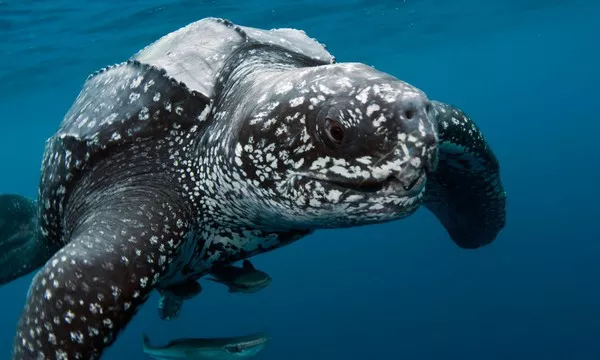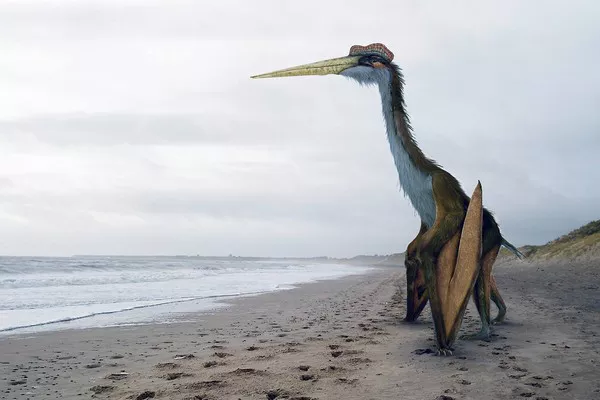The world’s oceans are home to a diverse array of marine life, with each species playing a unique role in maintaining the delicate balance of marine ecosystems. Among these fascinating creatures, the leatherback sea turtle stands out as the largest and most awe-inspiring. In this article, we will delve into the remarkable world of the leatherback sea turtle, exploring its physical characteristics, behavior, habitat, and the conservation efforts aimed at ensuring the survival of this magnificent species.
Understanding the Leatherback Sea Turtle
The leatherback sea turtle, scientifically known as Dermochelys coriacea, belongs to an ancient lineage that has been evolving for more than 100 million years. This species is the only living representative of the family Dermochelyidae, and its evolutionary history provides valuable insights into the adaptation of marine reptiles to various ecological niches.
Physical Characteristics
One of the most distinctive features of the leatherback sea turtle is its remarkable size. Adult leatherbacks can reach lengths of up to 10 feet and weigh as much as 2,200 pounds, making them the largest living marine turtles. Unlike other sea turtles, the leatherback lacks a hard, bony shell; instead, its carapace is covered with a unique, leathery skin that gives the species its name. The absence of a rigid shell allows the leatherback greater flexibility, enabling it to navigate the vast expanses of the open ocean.
Adaptations for a Marine Lifestyle
Leatherback sea turtles have several adaptations that make them well-suited to a life in the open ocean. Their streamlined bodies and powerful front flippers allow them to navigate swiftly through the water, and their distinctive, ridged carapace helps reduce drag. Additionally, the leatherback’s large size and insulating layer of fat enable it to regulate its body temperature in cooler waters, allowing for a wide range of distribution across various oceanic regions.
Global Distribution and Migration Patterns
Leatherback sea turtles have a remarkable global distribution, spanning the waters of the Arctic, Atlantic, Indian, and Pacific Oceans. They are known for their extensive migrations, covering thousands of miles as they move between feeding and nesting grounds. The leatherback’s ability to endure long journeys across vast oceanic expanses underscores its resilience and adaptability.
Feeding Habits and Diet
Leatherback sea turtles are primarily carnivorous, with their diet consisting mainly of jellyfish. Their long, pointed beaks and powerful jaws are well-suited for capturing and consuming these gelatinous prey items. This specialized diet plays a crucial role in the marine ecosystem, as leatherbacks help control jellyfish populations, preventing them from overwhelming the delicate balance of the food web.
Reproductive Biology
The reproductive behavior of leatherback sea turtles is a spectacle of nature. Female leatherbacks return to coastal areas to lay their eggs, a process known as nesting. These nesting sites, often on remote and sandy beaches, are carefully chosen by the females for their suitability. The female leatherback digs a nest cavity using her rear flippers, laying a clutch of soft-shelled eggs. After covering the nest, she returns to the ocean, leaving the eggs to develop and hatch on their own.
Challenges and Threats
While leatherback sea turtles have thrived for millions of years, they now face numerous threats that jeopardize their survival. Human activities, including pollution, climate change, and habitat destruction, pose significant challenges to these magnificent creatures. Plastic pollution, in particular, poses a grave threat to leatherbacks, as they can mistake plastic bags for jellyfish and ingest them, leading to potentially fatal consequences.
Conservation Efforts
Efforts to conserve leatherback sea turtles are underway globally, with organizations, governments, and communities working together to address the various threats facing these majestic creatures. Conservation initiatives focus on habitat protection, reducing plastic pollution, implementing responsible fishing practices, and raising awareness about the importance of preserving the marine environment.
Conclusion
In conclusion, the leatherback sea turtle stands as a testament to the wonders of marine life and the intricate web of ecological relationships that sustain our planet. As the largest turtle in the world, the leatherback’s presence in our oceans is not only a symbol of ancient resilience but also a reminder of the urgent need to protect and preserve these incredible creatures for future generations. Through concerted conservation efforts and a collective commitment to environmental stewardship, we can ensure the continued survival of the leatherback sea turtle and contribute to the health and vitality of our planet’s oceans.
You Might Be Interested In:


























